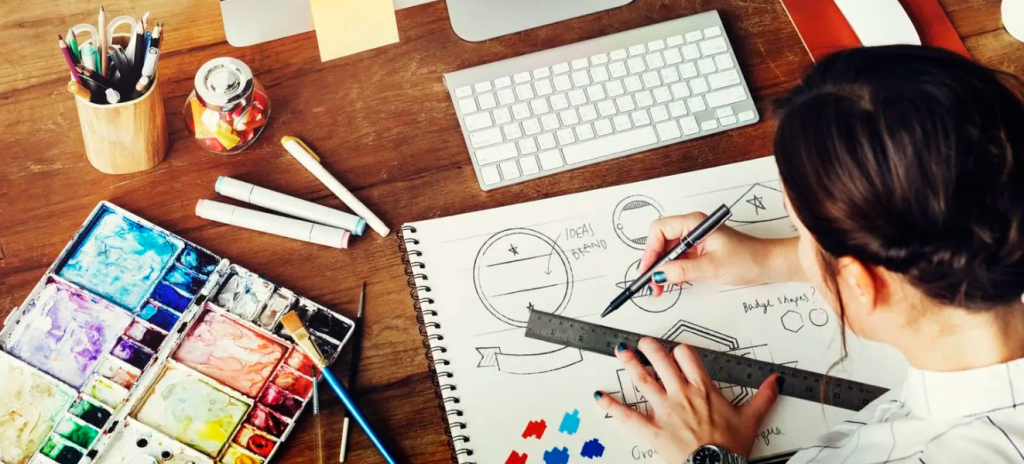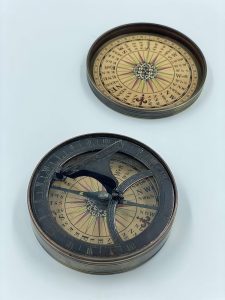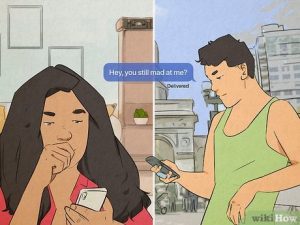Unlocking Creativity Through Professional Graphic Design Services in Brunei

Walk through Bandar Seri Begawan on any given afternoon. You’ll see cafés covered with hand-drawn murals, schools posting announcements online, even mosques experimenting with digital posters for Friday prayers. This wasn’t common ten or fifteen years ago. Something has shifted. Businesses, organizations, and communities are beginning to understand that visuals do the talking long before words get a chance. And so, graphic design services in Brunei are stepping into the spotlight—not as extras, but as the backbone of how ideas travel and stick.
The Subtle Shift in Bruneian Visual Culture
Design here doesn’t arrive pre-packaged from global agencies. It has a flavor that is its own. A wedding invitation often mixes intricate Islamic patterns with minimalist typography. A government poster might highlight the simpur flower—Brunei’s national bloom—framed inside a slick vector illustration. Designers don’t do this by accident. They are negotiating identity: how to keep Bruneian visuals authentic while also ensuring they don’t feel outdated in a region that looks toward Singapore and Malaysia for trends. The work becomes less about copying and more about conversation—between past and present, heritage and modernity.
Why Good Design Matters More Than Ever
It’s tempting to think: “People will get the message anyway.” But will they? A restaurant promoting its nasi katok on Instagram has seconds, maybe less, before someone scrolls away. A weak design kills curiosity before it’s even born. A strong one, even simple, holds attention. That tiny pause—the viewer stopping to look—is everything. It can mean a sold plate of food, a new follower, or a loyal customer. Brunei is a small country; word spreads fast. A logo thrown together on Microsoft Word might look harmless, but it communicates carelessness. A professional one, in contrast, shows detail, effort, and pride. And in communities where reputation is currency, that pride makes a difference.
Blending Tradition with Digital Storytelling
Come Hari Raya, scroll through social media. You’ll see countless greetings. Some are generic templates, but many Bruneian designers add batik textures, Arabic calligraphy, even subtle golden motifs. These aren’t just decorative touches. They’re cultural anchors, grounding digital art in something people recognize. The designs travel quickly—shared on WhatsApp, reshared on TikTok—and carry Bruneian identity with them. What used to be static posters pinned on notice boards has transformed into dynamic digital storytelling. The culture hasn’t been lost; it has been reframed.
The Digital Push and What It Means Locally
The government’s push for a stronger digital economy has forced institutions to rethink communication. Schools, NGOs, even ministries suddenly need infographics, websites, mobile-friendly brochures. Designers—many self-taught—have been quick to adapt. Some experiment with Procreate on iPads, others with Illustrator or Canva, combining formal training with late-night trial and error. What’s remarkable is how they adapt to a multilingual society. Malay, English, and Chinese audiences often need to be addressed in a single piece. Designers solve this through layout, icons, and color rather than overloading text. That flexibility is both a creative puzzle and a cultural necessity.
The Next Generation of Designers
Young people are moving the field forward in unexpected ways. University students design posters for campus events. Teenagers sell sticker packs or fan art online. What starts as a hobby slowly grows into real careers. This is new. A generation ago, design was something outsourced, imported. Now it is local. Young creatives are braver with color, typography, and form. Yet, they don’t discard tradition. They fold it into their experiments, which gives their work both edge and authenticity. In doing so, they’re giving Brunei a visual identity that feels contemporary yet recognizably its own.
Design as Silent Persuasion
The most effective design rarely shouts. It guides. A brochure can lead your eye without you realizing it. A health campaign poster can explain recycling bins in seconds without a single word being read. This subtlety matters in Brunei. Communities here are diverse, multilingual, and busy. Too much text risks being ignored. A clear graphic—a symbol, a color code—reaches across differences. It persuades silently, efficiently, almost invisibly. That is the quiet power of design: it works on you before you even notice.Conclusion:
Brunei’s story is one of balance: tradition alongside digital growth, identity alongside change. Visual communication is now woven into that story. From ministries to small cafés, from teenagers with iPads to seasoned professionals, design is shaping how people remember, trust, and connect. It’s no longer about making things “look nice.” It’s about survival, clarity, and identity. And that is why graphic design services in Brunei carry weight far beyond aesthetics. They are the tools by which ideas endure in a world that is busy, crowded, and relentlessly visual.









